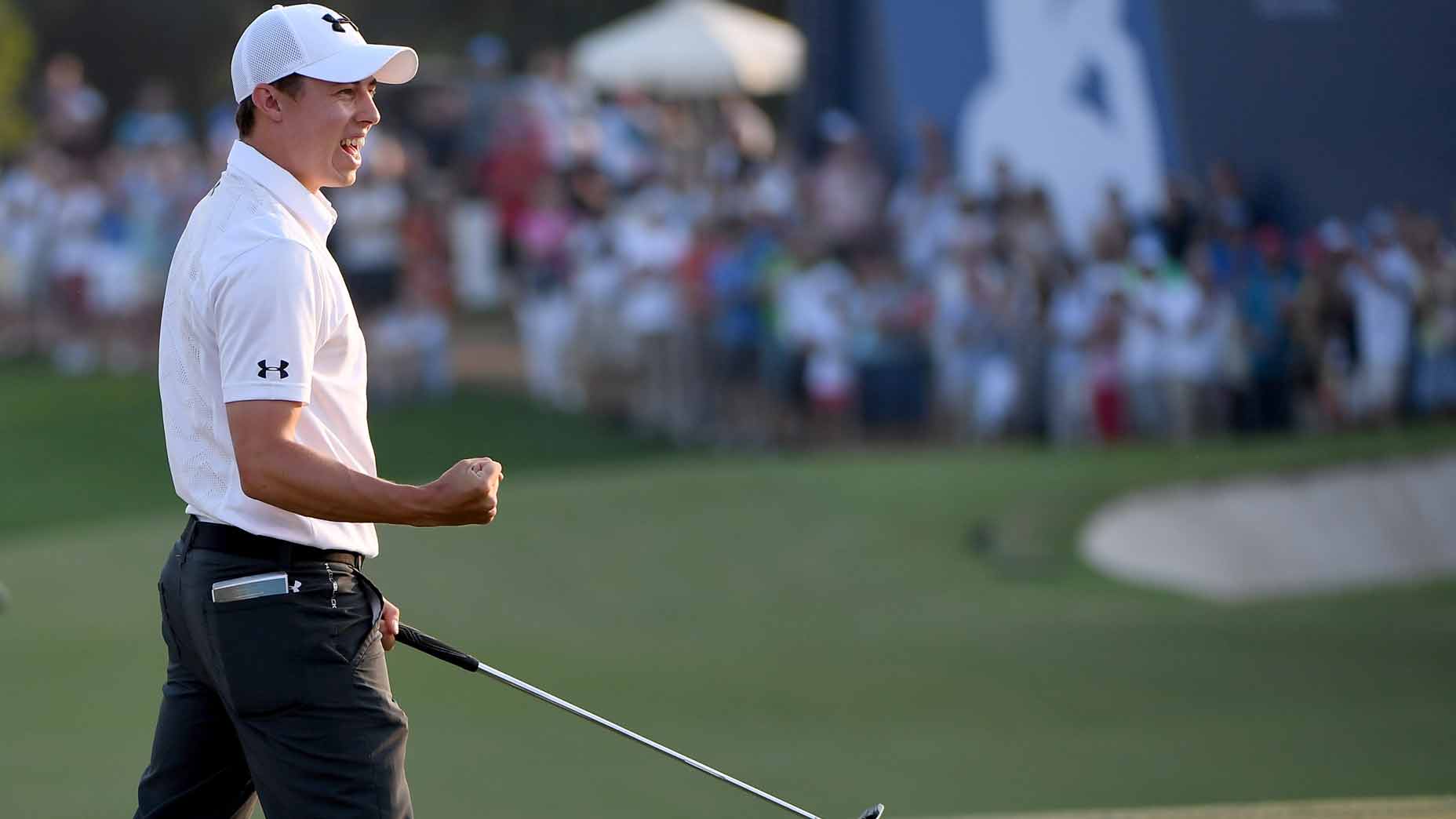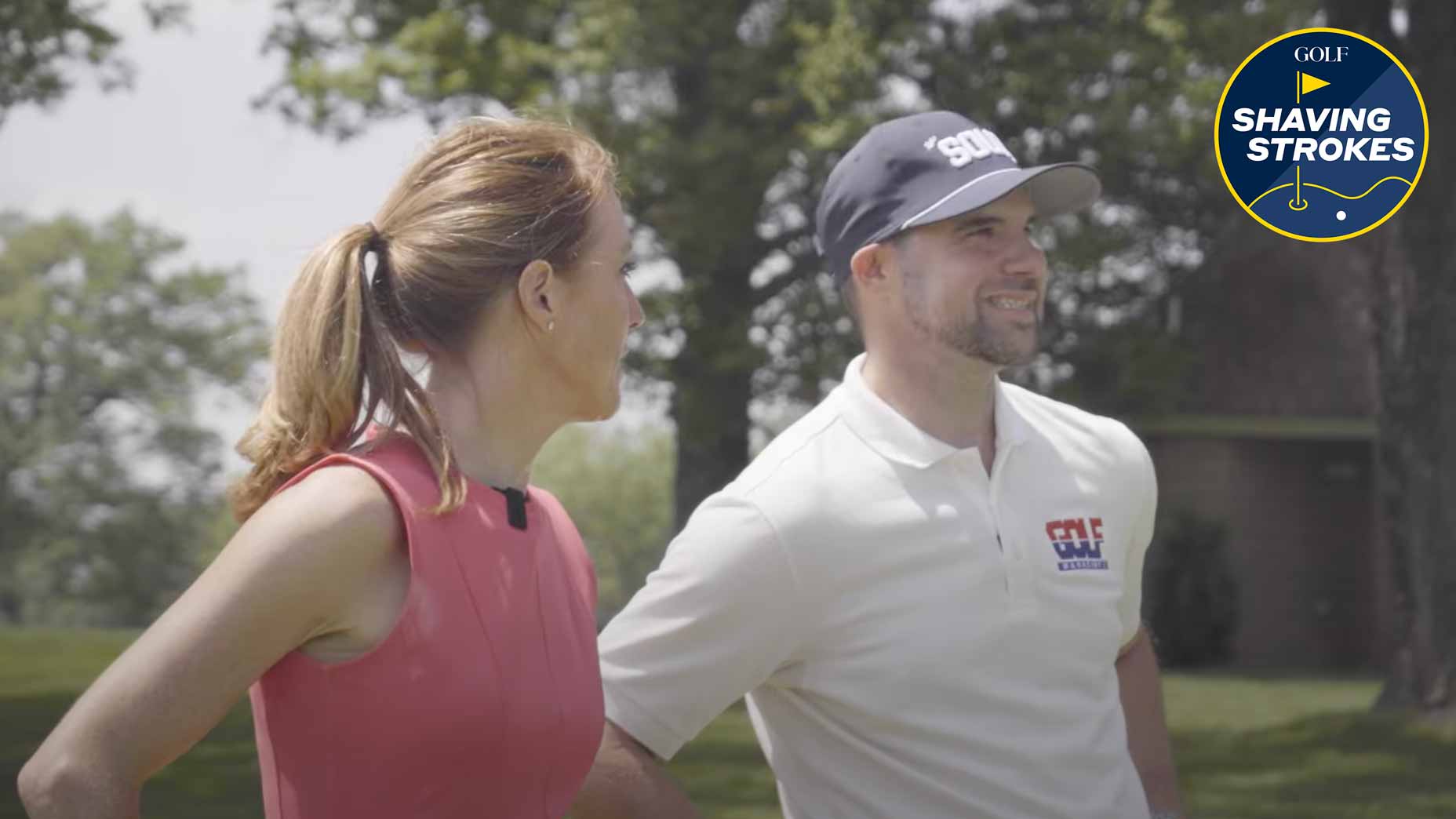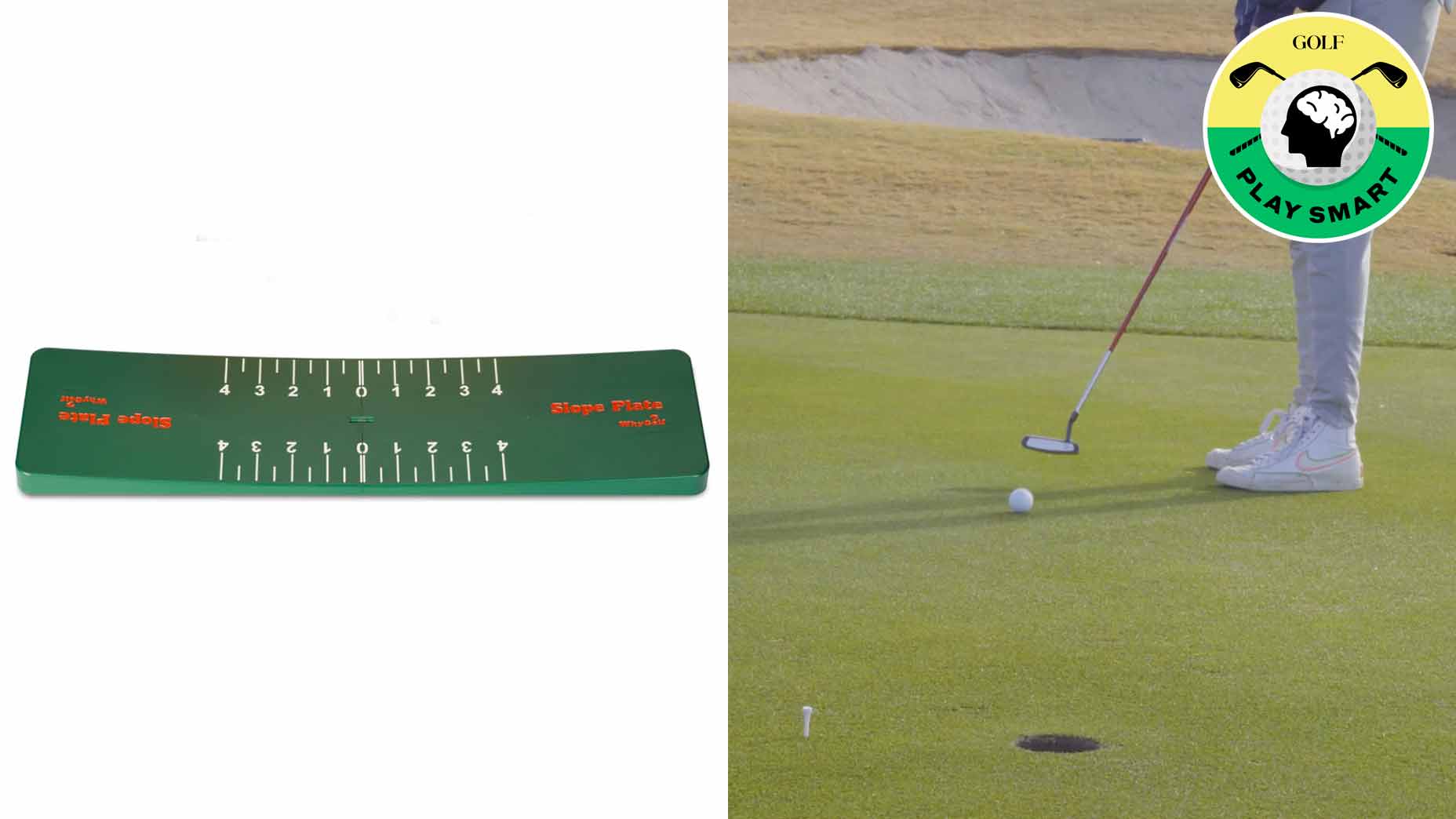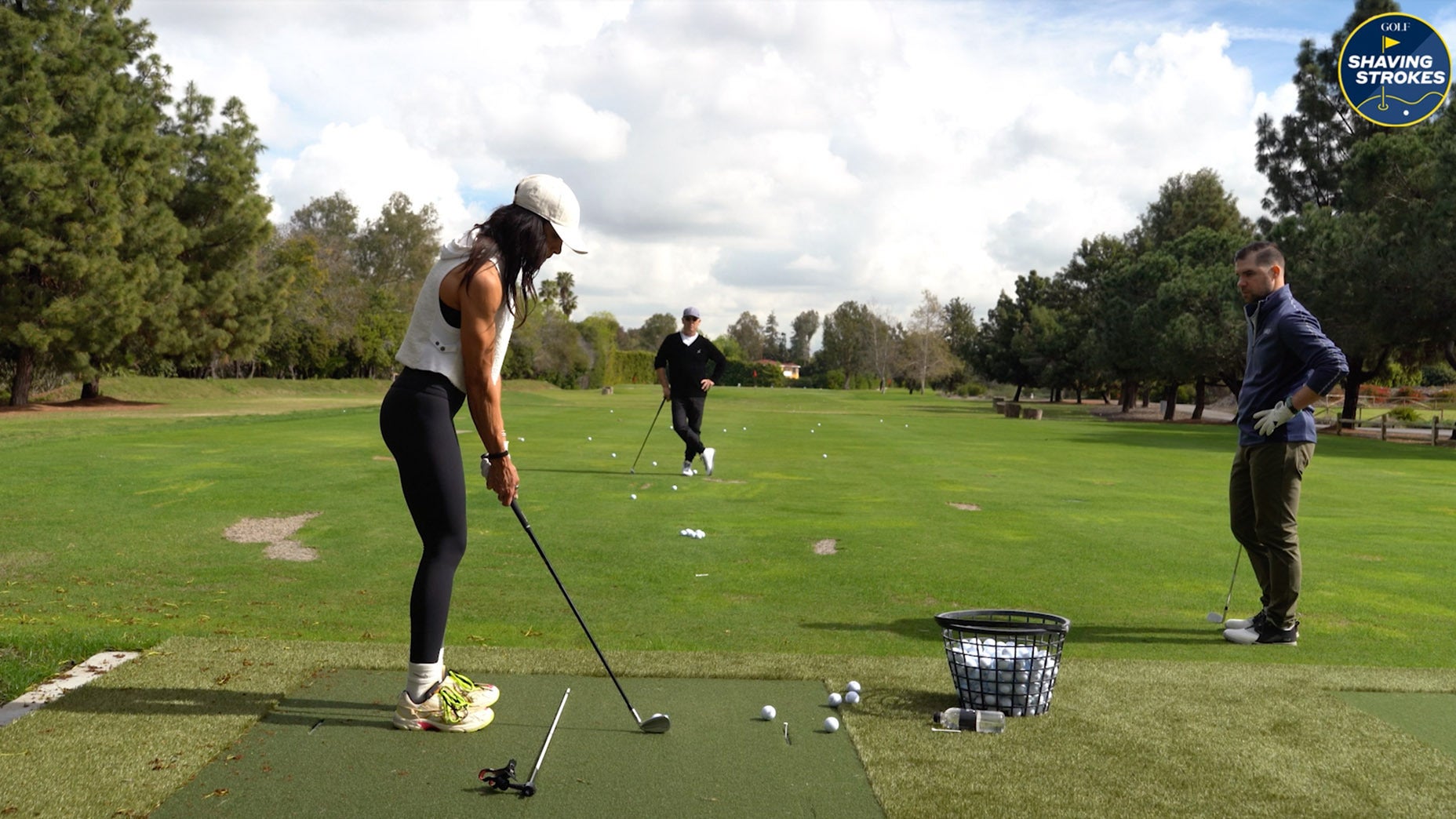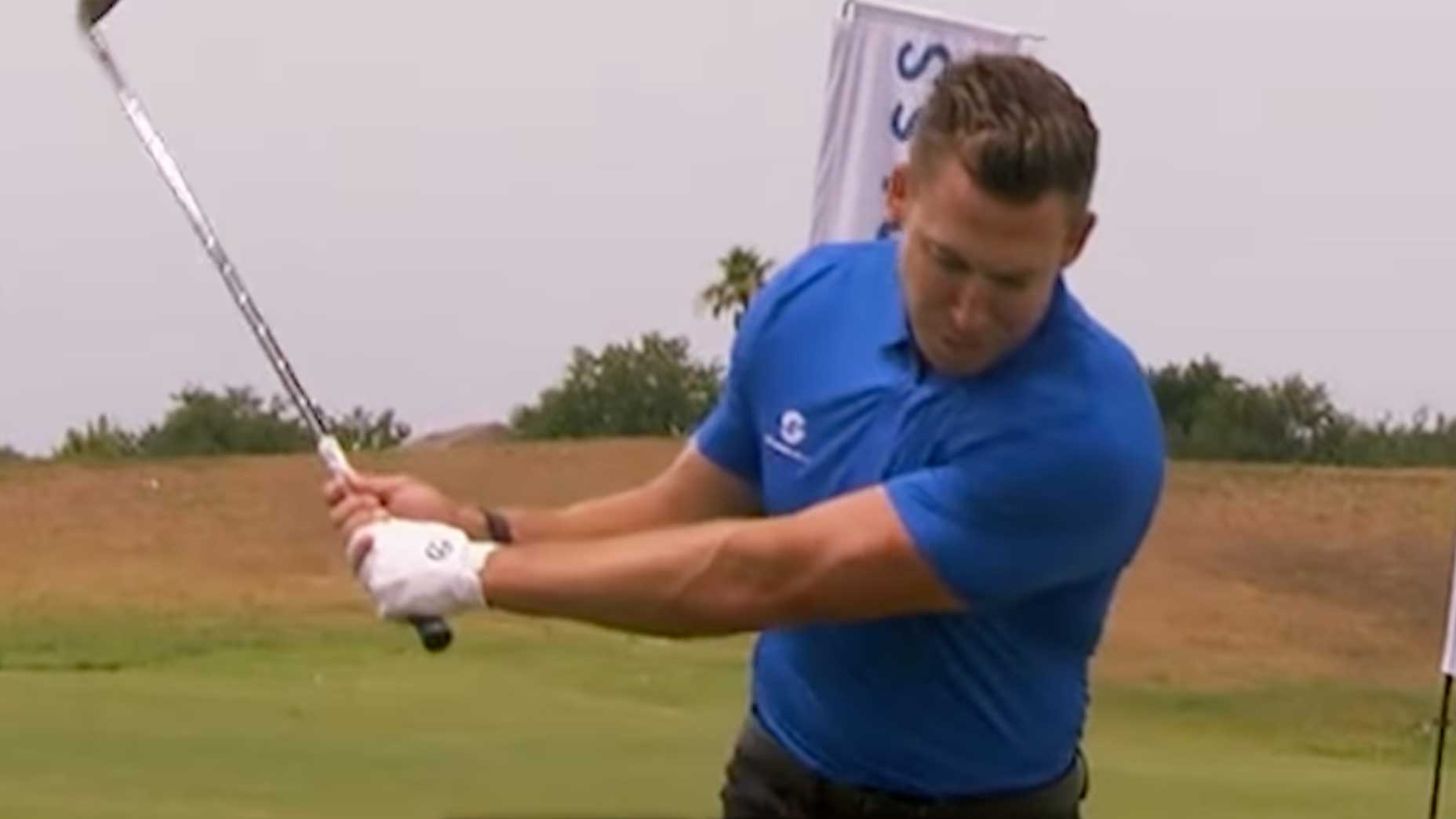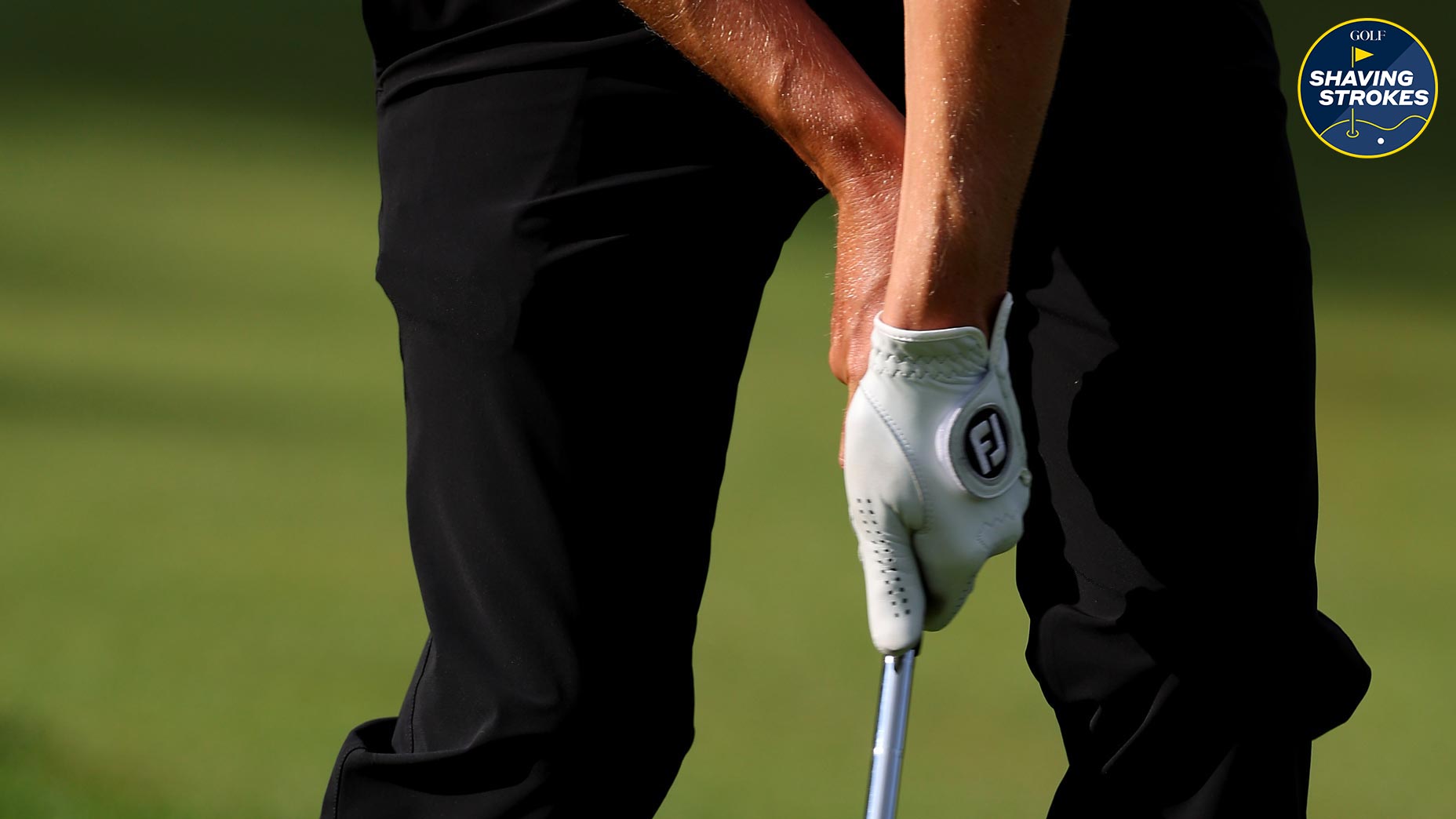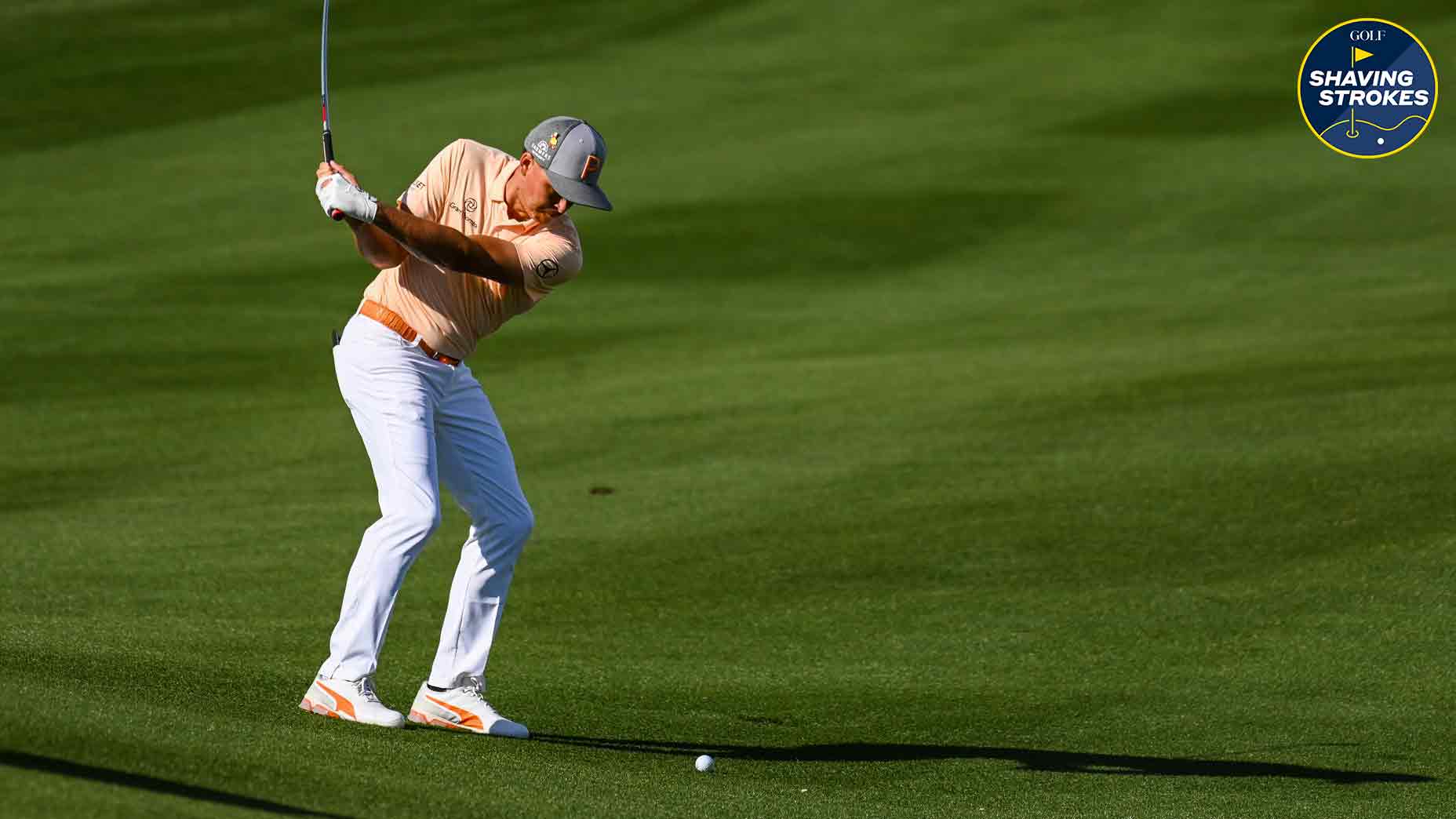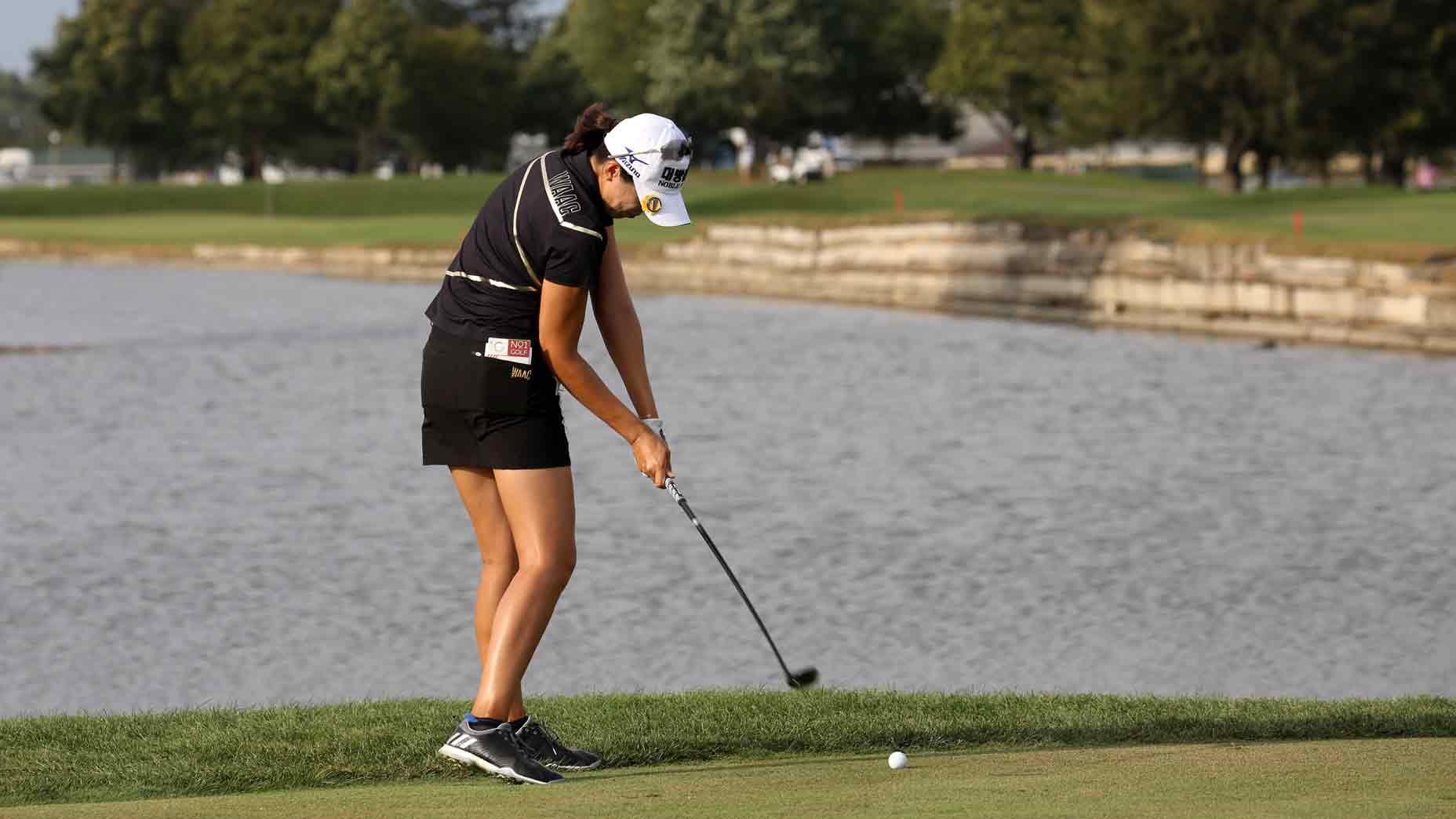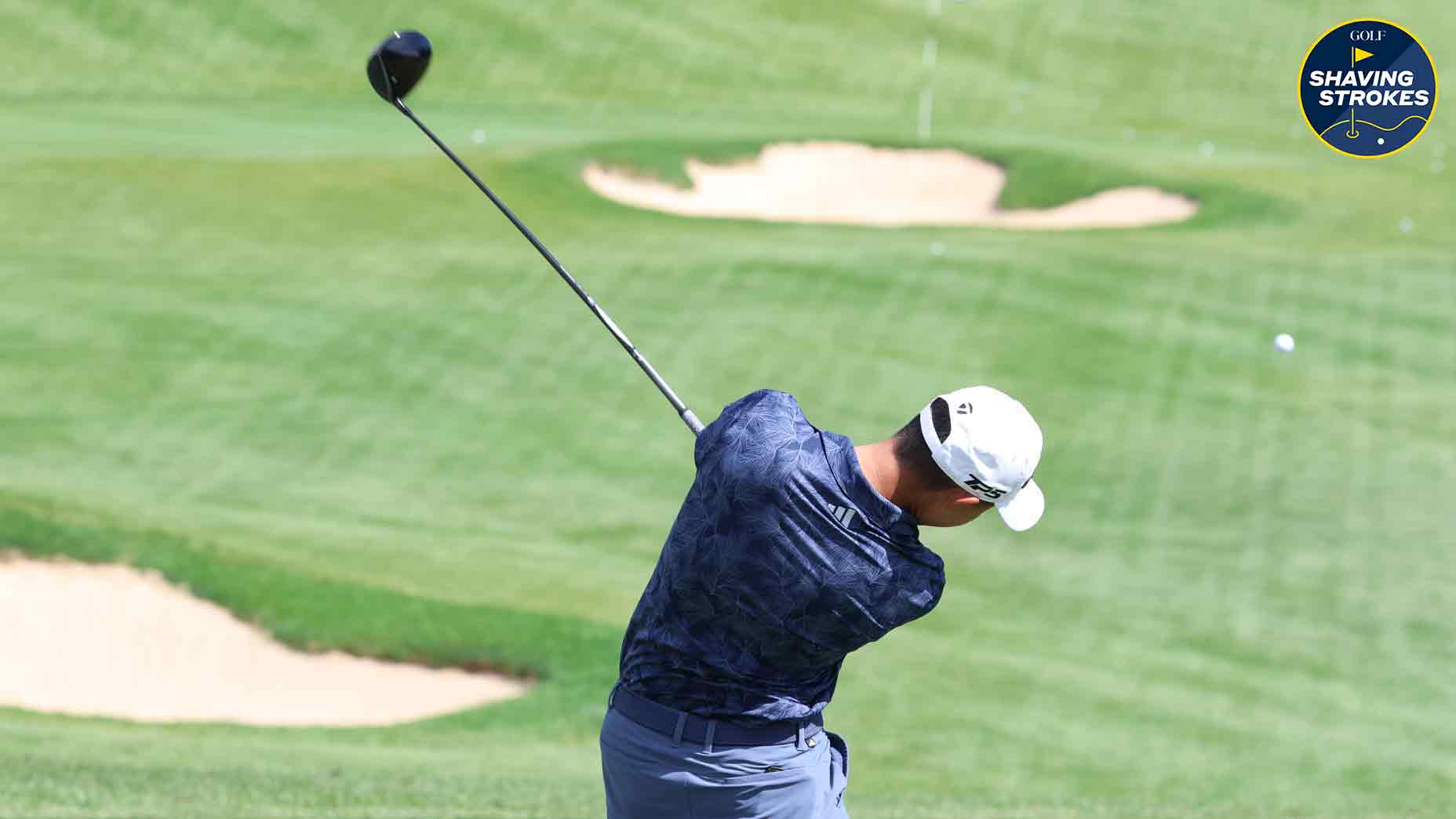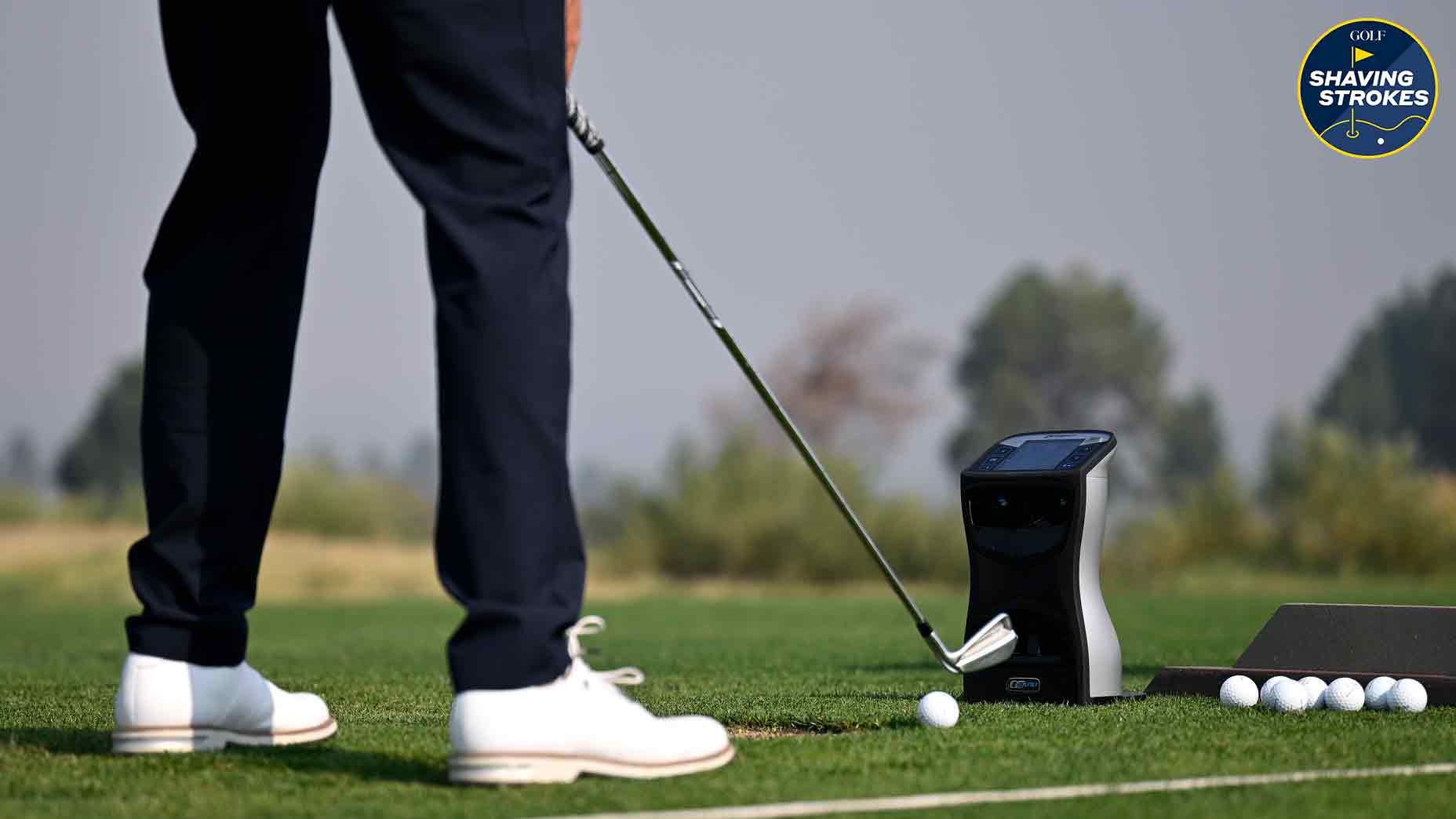These 3 bad putting habits could be costing you. Here’s how to fix them
- Share on Facebook
- Share on Twitter
- Share by Email
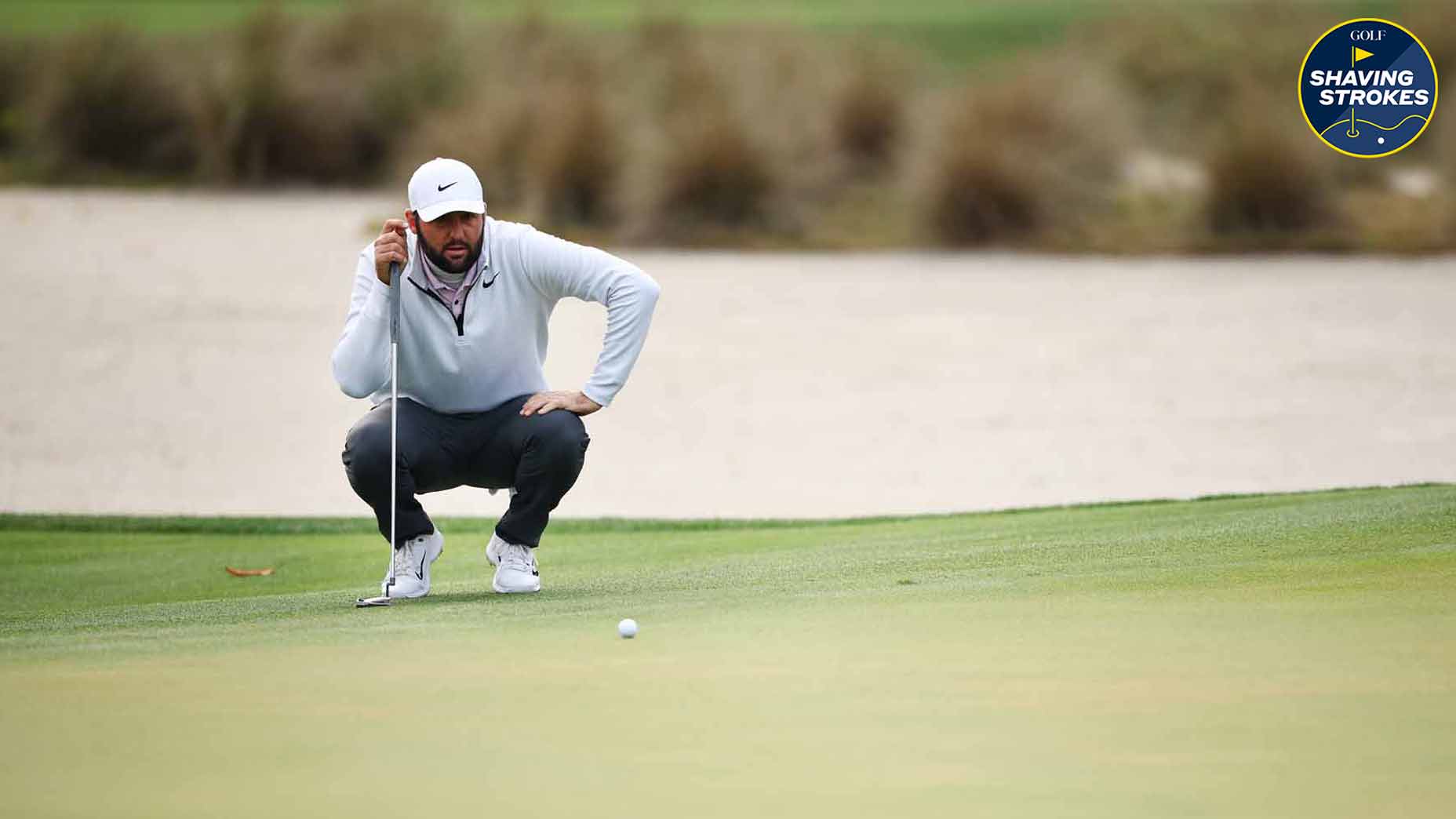
Want to improve your putting? Try incorporating some of these better habits into your routine.
Getty Images
Welcome to Shaving Strokes, a GOLF.com series in which we’re sharing improvements, learnings and takeaways from amateur golfers just like you — including some of the speed bumps and challenges they faced along the way.
Have you ever had a string of rounds where you’re driving the ball well, hitting your irons solidly and then undo all the good by missing putt after putt?
Assuming this is something to which you can relate, you know just how deflating of a feeling it can be.
How to train your brain to make more puttsBy: James Sieckmann, Top 100 Teacher
Putting will forever be the great equalizer in golf, so if you’re a flatstick wizard, you’re probably a pretty damn good player. But if you struggle on the greens, you’re probably like me — just feeling like you’re on a hamster wheel of inconsistency.
Part of the reason many mid-handicappers like myself just can’t shave strokes off their scorecards comes down to making putts versus missing them. But whether the misses are due to something with your stroke, setup or inability to read greens, GOLF Teacher to Watch TJ Yeaton has a few tips to help your improve.
3 good putting habits every golfer should develop
As mentioned above, when your putting is off, your scores will suffer. Who cares if you’re bombing it 270 off the tee or hitting crispy wedge shots, if you can’t finish, you’ll never go low.
So Yeaton suggests three habits that some of the greatest putters use, which can save you strokes (and frustration).
Chronic 3-putter? Use these tips to boost your confidence on the greensBy: Nick Dimengo
“You and I may never hit it as far or as close as Viktor Hovland or Scottie Scheffler, but we can likely roll an eight-foot putt as well as they can,” Yeaton says. “Because even those guys, who are the best players in the world, are making about half of their putts from eight feet.”
So how can you start putting those first putts closer to the hole and see your putts per round drop? Yeaton suggests the following habits to see improvement.
1. Master speed control
The first habit that separates good putters from bad is speed control. Remember, statistically speaking, you have the exact same chance as a pro of making a putt from eight feet, but what they do better than the average player is control their putting speed — meaning they’re the best in the world at hitting first putts closer to the hole.
Avoiding 3-putts is a big deal, so here’s a good way to get the feel of green speeds.
Set up two tees about 20 feet from one another. Stand another 10 feet away from those two tees, and simply try to putt as many balls in-between the two tees as you can. Too easy? To make it harder, take eight balls and number them 1-8. Try to get all the balls in-between the two tees — but in numerical order.
2. Become a green-reading maestro
The second habit of great putters is being able to effectively read greens — and, despite the common misconception, this isn’t something you can gain only through experience. In fact, with the right technique, patience and practice, golfers of all abilities can learn to assess slope for their reads.
Try this to help get you started.
Learn to read greens with your feet using this nifty training aidBy: Zephyr Melton
Place 10 balls around a hole with some slope, and go around to each ball, simply trying to determine where to aim and how much break each putt has. Once you’ve assessed the putt, go ahead and stand between the ball and the hole, using your feet to see if there’s any tilt in the slope between your feet. If there’s more pressure on your right foot, the ball is going to break right-to-left. If it’s more on the left foot, the ball will move left-to-right.
After getting that feel in your feet, estimate how high or low you need to go on the slope, then take your shot to see how close your estimation was.
3. Dial in your putting aim
So you’ve made your read and your speed is dialed — now you’ve got to do one (very important) thing: Understand where to aim by identifying the start line.
Often, golfers miss putts and overlook the influence that their clubface had on the shot. Just because you’ve got great distance and read the break properly, if you’re aiming wrong, you’re not giving yourself a chance to make the shot.
This is why controlling your clubface comes into play, which is one of the hardest skills to develop while putting.
Due to the slightly curved nature of the putting stroke, the putterface is likely pointing to the right of the target in the backswing, while pointing to the left of the target after impact. Returning it to the intended line at impact can be challenging, as one degree too far right or left at impact can lead to a missed putt.
So here’s an exercise to improve your face control. Find a flat or straight putt, and set up two tees 8-10 inches in front of the ball about 2-3 inches wide. Now try and putt five balls through the tees without hitting either. If you can do this, you have excellent control over your clubface, ensuring your ball is on line.

Rukket Sports 2-in-1 Putting Green
$199.99
View Product
Latest In Instruction

Golf.com Contributor

Nick Dimengo
Golf.com Editor

